Deck & Commander Strategies
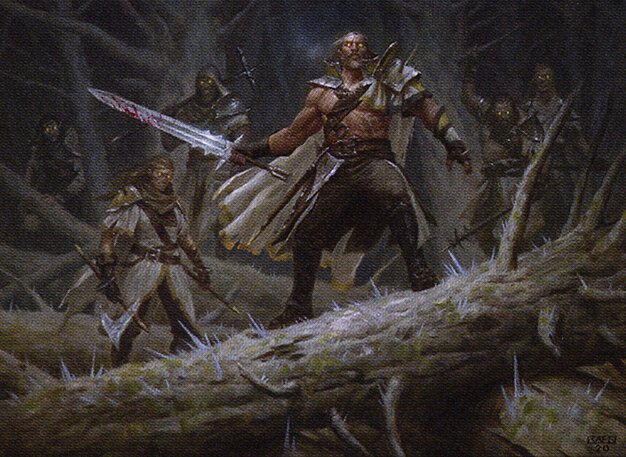
Tovolar, Dire Overlord
A werewolf tribal deck that flips creatures and uses daybound/nightbound mechanics to gain card advantage and trample buffs, aiming to overwhelm opponents with aggressive combat damage.

Ezuri, Renegade Leader
An elf tribal deck focused on rapid mana ramp and generating a large board of elves, then using overrun effects to overwhelm opponents.
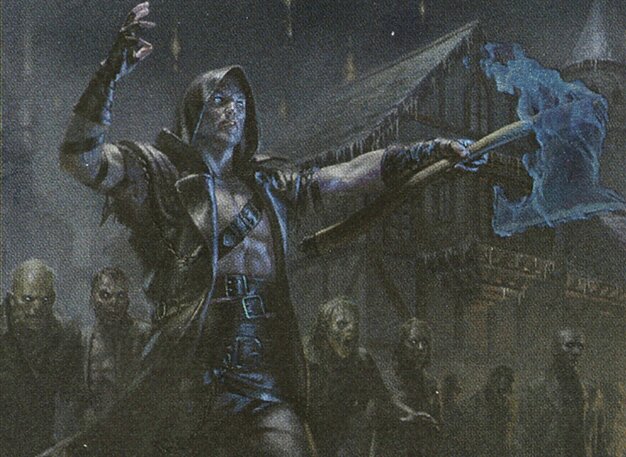
Wilhelt, the Rotcleaver
A zombie tribal deck that generates tokens, recurs creatures, and uses removal spells to maintain board control while building a resilient undead army.

Galea, Kindler of Hope
An equipment and aura synergy deck that manipulates the top of the library to find equipment, buffs creatures with double strike and lifelink, and attacks with powerful equipped creatures.
Gameplay Insights
- 1
Using Galea’s ability to look at and manipulate the top card of the library helped consistently find equipment and auras to maximize creature power.
- 2
The timing of Toxic Deluge by Kyle’s Wilhelt deck served as a pivotal board wipe that reset the game state and slowed down aggressive boards.
- 3
J-man’s decision to cast Path to Exile on Tovolar was a key removal to slow down the werewolf tribal aggression, although countered by Heroic Intervention.
- 4
Equipping Halvar, God of Battle with multiple buffs and auras created a powerful double-strike threat that dealt significant damage and swung the momentum.
- 5
Buster Kins’ use of Realmwalker to name Elf and cast additional elves from the top of the library helped maintain pressure and mana ramp.
- 6
The interaction between Full Moon’s Rise and Huntmaster of the Fells allowed J-man to enhance his werewolves’ damage output and survivability.
Notable Cards
-

Tovolar, Dire Overlord // Tovolar, the Midnight Scourge
-
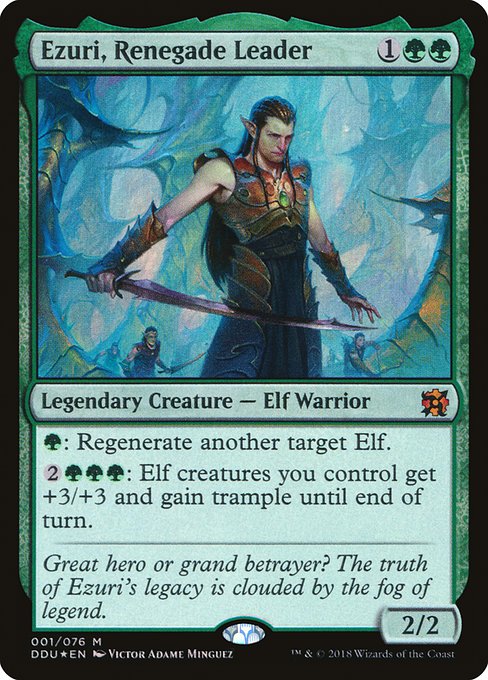
Ezuri, Renegade Leader
-

Wilhelt, the Rotcleaver
-

Galea, Kindler of Hope
-
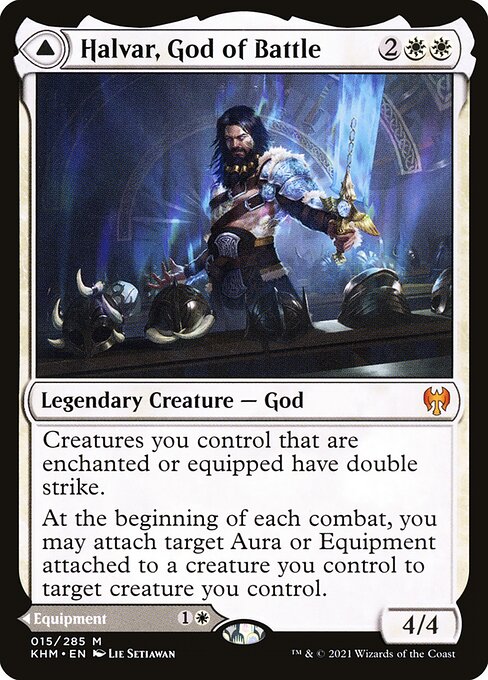
Halvar, God of Battle // Sword of the Realms
-
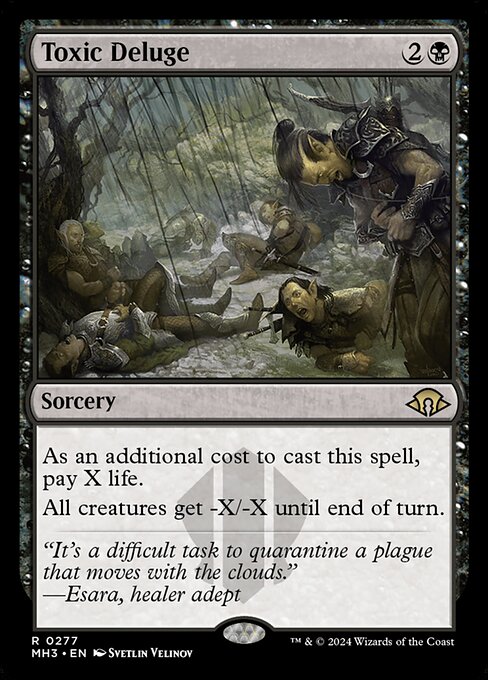
Toxic Deluge
-
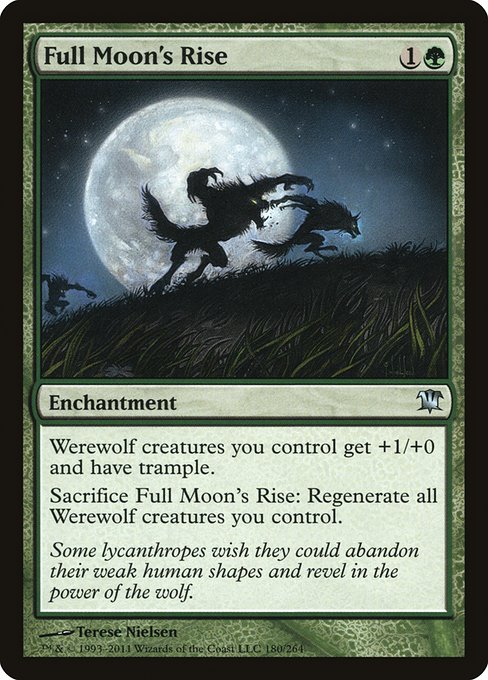
Full Moon's Rise
-

Huntmaster of the Fells // Ravager of the Fells
-
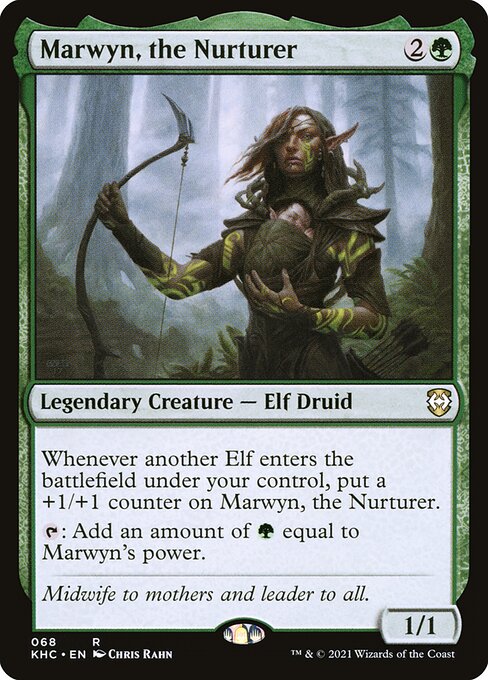
Marwyn, the Nurturer
-
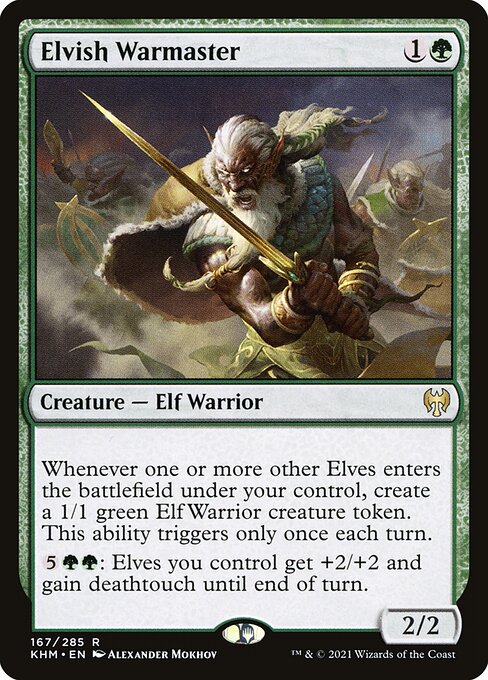
Elvish Warmaster
-
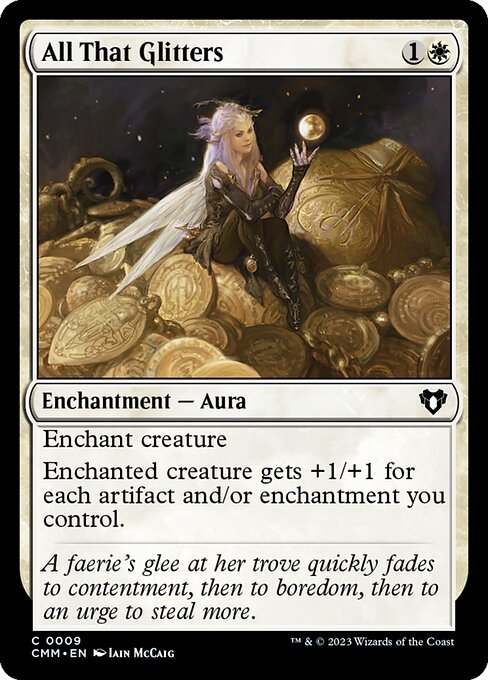
All That Glitters
-
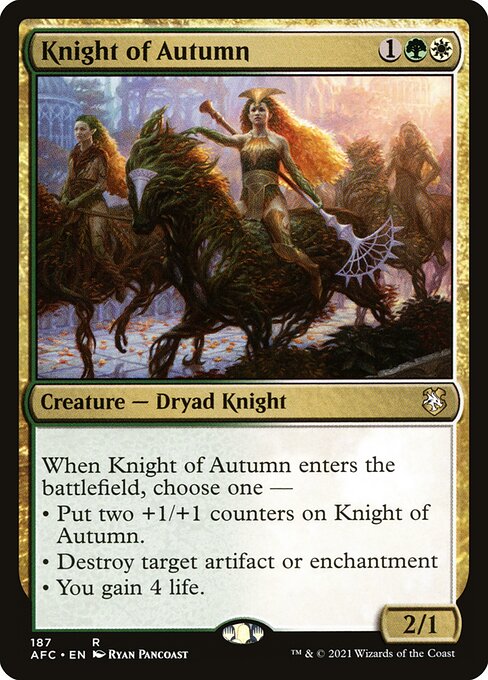
Knight of Autumn
Gameplay Summary
The game began with a typical ramp and board development from all players.
Tovolar, Dire Overlord, led a werewolf tribal strategy focusing on flipping creatures and gaining incremental advantage through daybound/nightbound mechanics.
The elf tribal deck led by Ezuri, Renegade Leader, quickly established a wide board presence with mana ramp and token generation, aiming to overwhelm opponents with an overrun effect.
The zombie tribal deck under Wilhelt, the Rotcleaver, developed a resilient zombie army with card advantage and removal, while Galea, Kindler of Hope piloted an equipment-focused deck that leveraged aura and equipment synergy to empower creatures and generate value through top-deck manipulation.
Early removal and combat interactions shaped the pacing, with key plays like Toxic Deluge resetting the board, and equipment-powered creatures swinging for large damage bursts. A critical turning point was when Galea's player equipped Halvar, God of Battle with multiple auras and equipment, enabling a massive double-strike attack that dealt 18 damage and gained significant life, shifting momentum.
Meanwhile, J-man’s Tovolar deck used Full Moon’s Rise and Huntmaster of the Fells to buff werewolves and apply pressure through incremental damage and regeneration.
Buster Kins’ elf deck continued to bolster its board with lords and token producers, maintaining a threat of an overrun.
The game displayed a dynamic interplay between tribal synergies, combat damage, and strategic use of removal, with Galea's equipment aggression and Tovolar's werewolf tribal aggression emerging as prominent forces.
The game’s outcome hinged on managing these aggressive boards and leveraging synergy to close out the game.

































